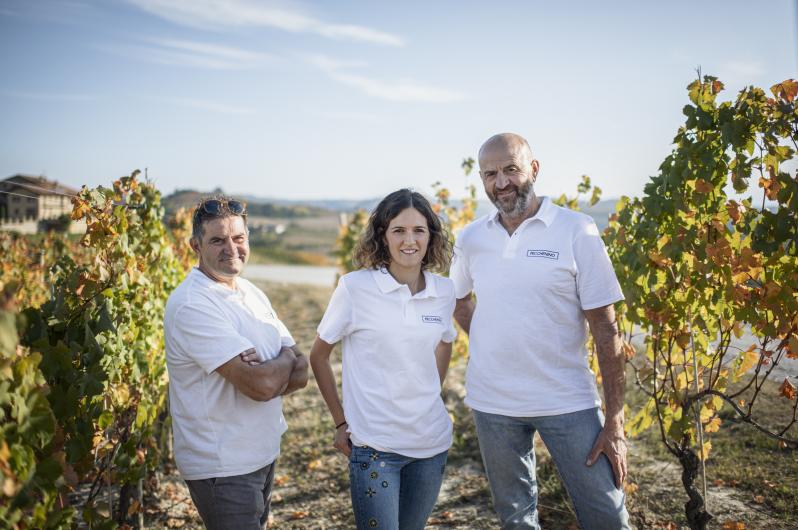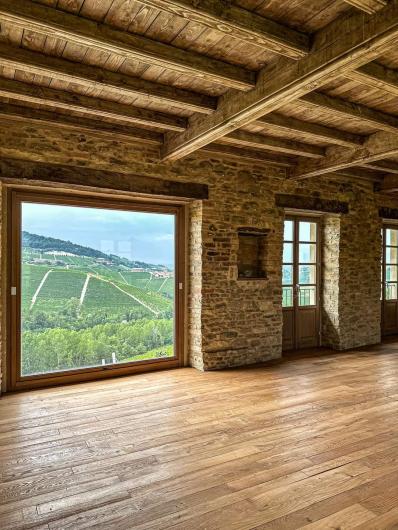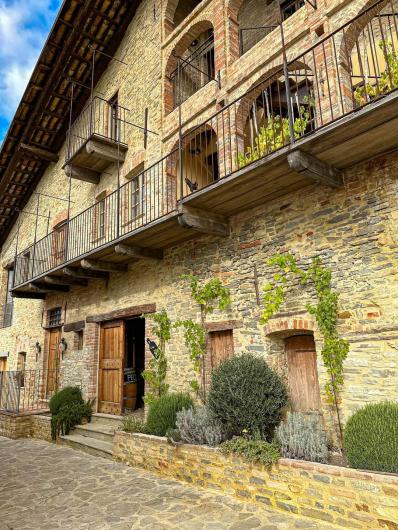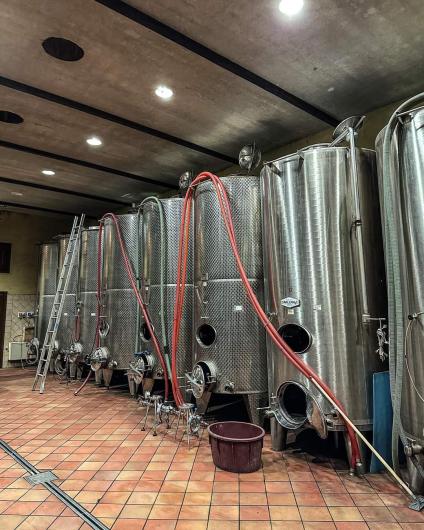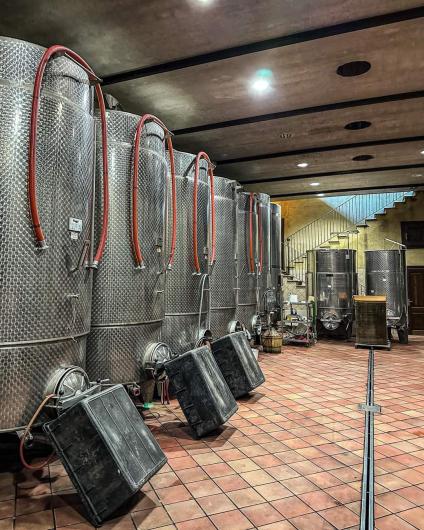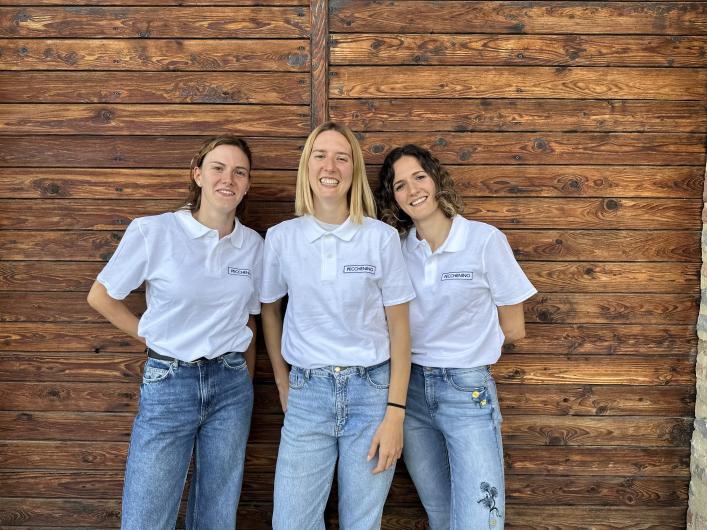Pecchenino Dogliani San Luigi

Wine Description
Pecchenino is located in Dogliani, which is an ideal growing location for the sometimes fickle Dolcetto grape and San Luigi is a perfect intro to the unique characteristics that the line of Pecchenino Dolcettos offer. The soils of San Luigi are calcareous, which lead to better maturation of the grape and therefore producing an elegant wine with soft, integrated tannins and a classic deep ruby to purple hue.
Due to the optimal growing location for the Dolcetto grape, around 3/4 of Pecchenino’s wines are of this varietal. The remaining plantings consist of Sauvignon Blanc, Chardonnay, Barbera and Nebbiolo.
 Acclaim
Acclaim
 Vineyard & Production Info
Vineyard & Production Info
 Winemaking & Aging
Winemaking & Aging
 Analytical Data
Analytical Data
 Wine Production
Wine Production
Dogliani San Luigi comes from vineyards surrounding the Dogliani winery. The territory is part of the San Luigi mention from where the name of the wine originates. The vines are cultivated with guyot and have a density of 5000 plants per Ha. The wine is the product of several vineyards with south-east, south and south-west exposures. The soil is calcareous-clayey. After pressing, the must ferments in steel tanks for 10-12 days at a temperature of 26°C. After a first racking the malolactic fermentation develops naturally.
Ageing: only in steel tanks.


